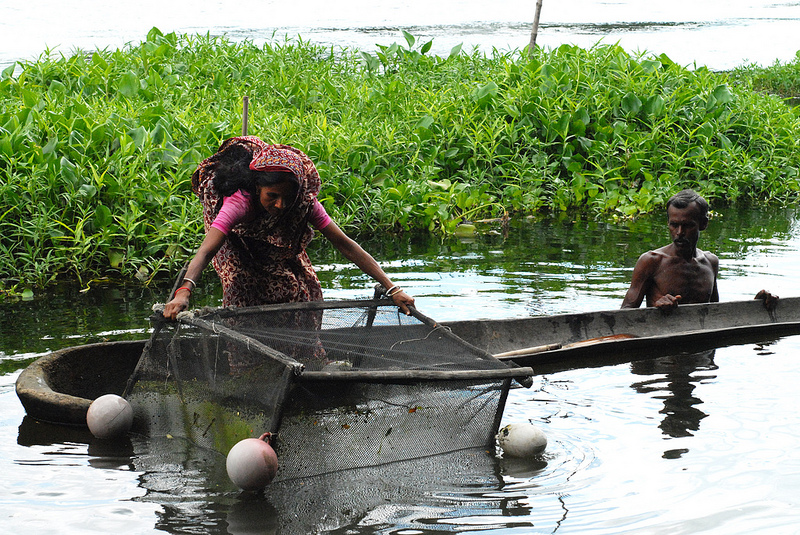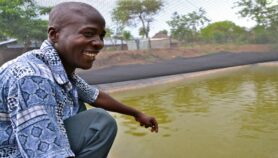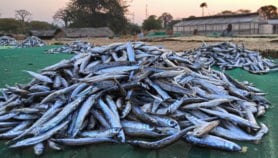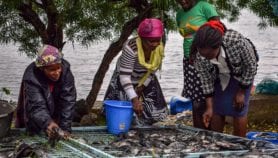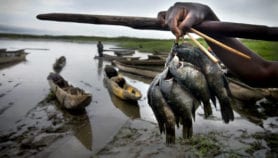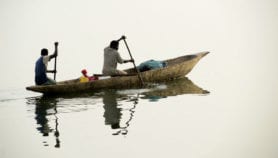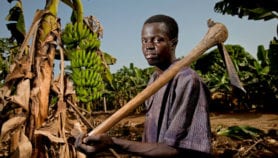By: George Achia
Send to a friend
The details you provide on this page will not be used to send unsolicited email, and will not be sold to a 3rd party. See privacy policy.
[KAMPALA] A new technology to boost commercial fish farming in lakes, dams, reservoirs and rivers is being transferred from China to Uganda.
The metal cage fish technology is being introduced by Chinese scientists through a three-year China-Uganda cooperation in aquaculture research, according to Barry Kamira, a research scientist at the National Fisheries Resources and Research Institute (NaFIRRI) and the coordinator of the project. The project started in April 2012.
Fish farming supports 4.2 million smallholder farmers in Uganda and the country earns around US$116 million a year from fish exports. Fish is an important commodity that Uganda is exploring how to advance in its development agenda.
This technology, unlike pond fish farming, relies on metal cages of various sizes that are suspended in a water body. Each cage carries up to 10,000 fingerlings. Fish farmers use a measure of their efficiency in converting food mass into increased body weight to know when to transfer the young fish to the next cage until they mature for harvesting six months later.
The Chinese government is funding the project, but details are yet to be revealed.
When the trial ends, the Ugandan government is expected to roll out the technology nationally. Uganda is taking the lead among the East African countries — Kenya and Tanzania to demonstrate the potential of rearing fish using metal cage fish farming technology to rapidly transform the sector from subsistence to commercial fish farming, according to Kamira.
Kamira tells SciDev.Net that while Kenya is also in its early stages of applying the technology, water hyacinth — an invasive plant species growing in Lake Victoria, which is shared by Kenya, Uganda and Tanzania — is hampering the process.
Kamira says the need for the technology has grown because of a drastic decline in fish production resulting in the country neither meeting national demands nor having enough fish for export.
"Despite its long history dating back to the early 1950s, fish farming in Uganda has not developed beyond small subsistence scale," says Kamira.
He adds that findings from another pilot study done at NaFIRRI from January to March 2012 showed that the technology is environmentally safe and can be used in many water bodies in Uganda such as Lake Edward.
"The technology does not have any [negative] effect on the water quality. We carry out water quality monitoring in triplicate, that is, at the demonstration area, downstream and upstream," he tells SciDev.Net.
He adds that the Chinese experts are building the capacity of NaFIRRI experts on how to operate the technology and will transfer the necessary skills to Uganda to use it commercially.
According to Kirunda Kivejinja, former deputy prime minister, Lake Victoria has not been tapped for commercial purposes.
"Through this technology, people will have enough money for their livelihoods and generate more revenue for the government," he adds.
This article has been produced by SciDev.Net’s Sub-Saharan Africa desk.


